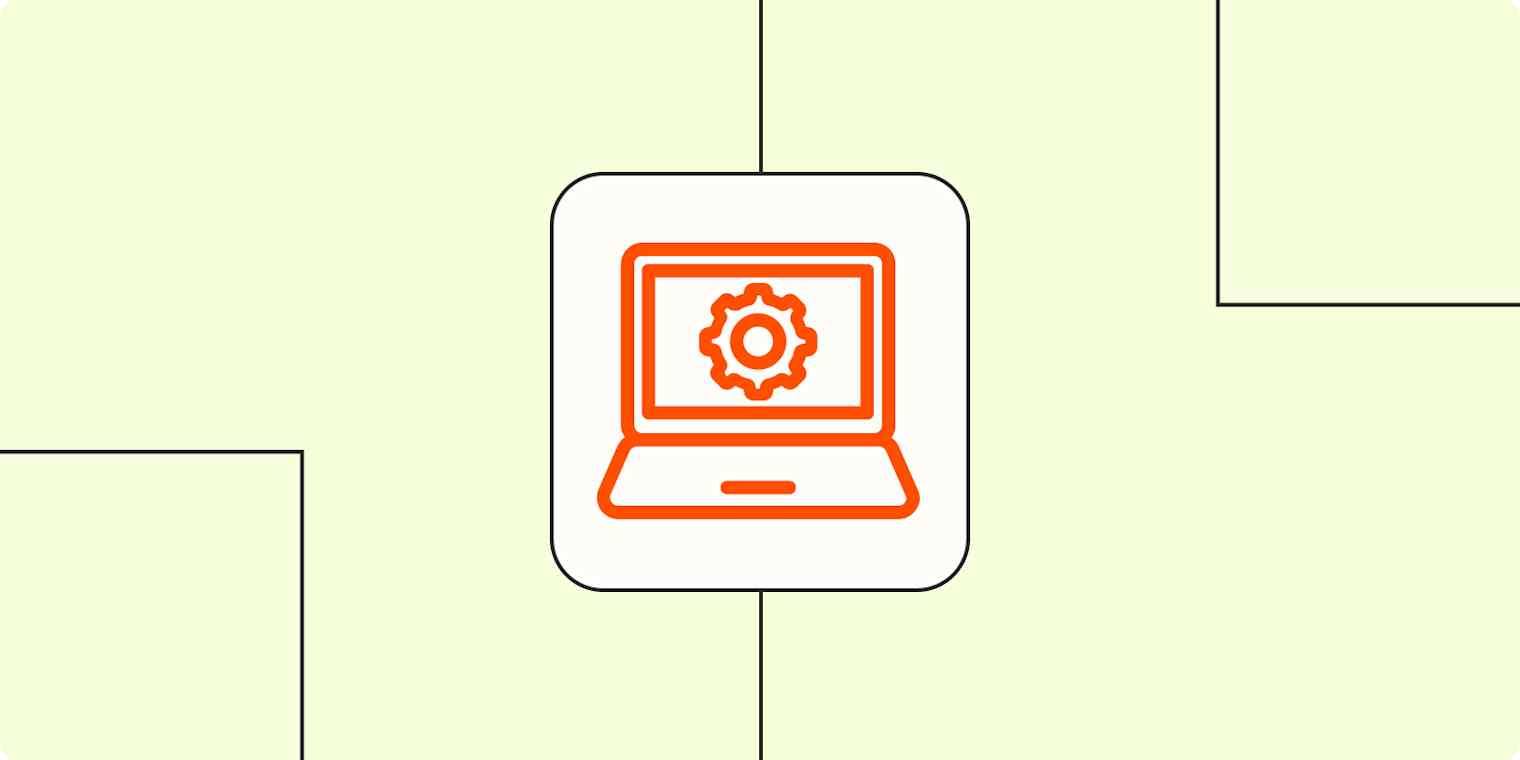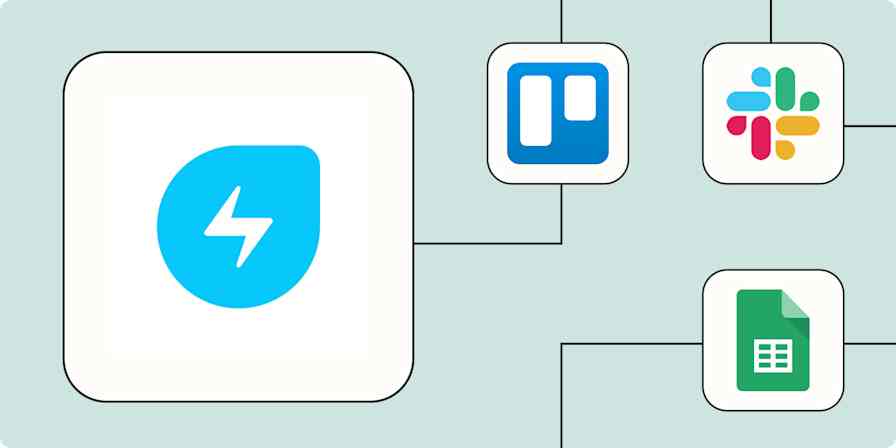Automation inspiration
6 min read5 ways to automate your IT and engineering processes
By Elena Alston · October 21, 2024

Get productivity tips delivered straight to your inbox
We’ll email you 1-3 times per week—and never share your information.
Related articles
Improve your productivity automatically. Use Zapier to get your apps working together.







